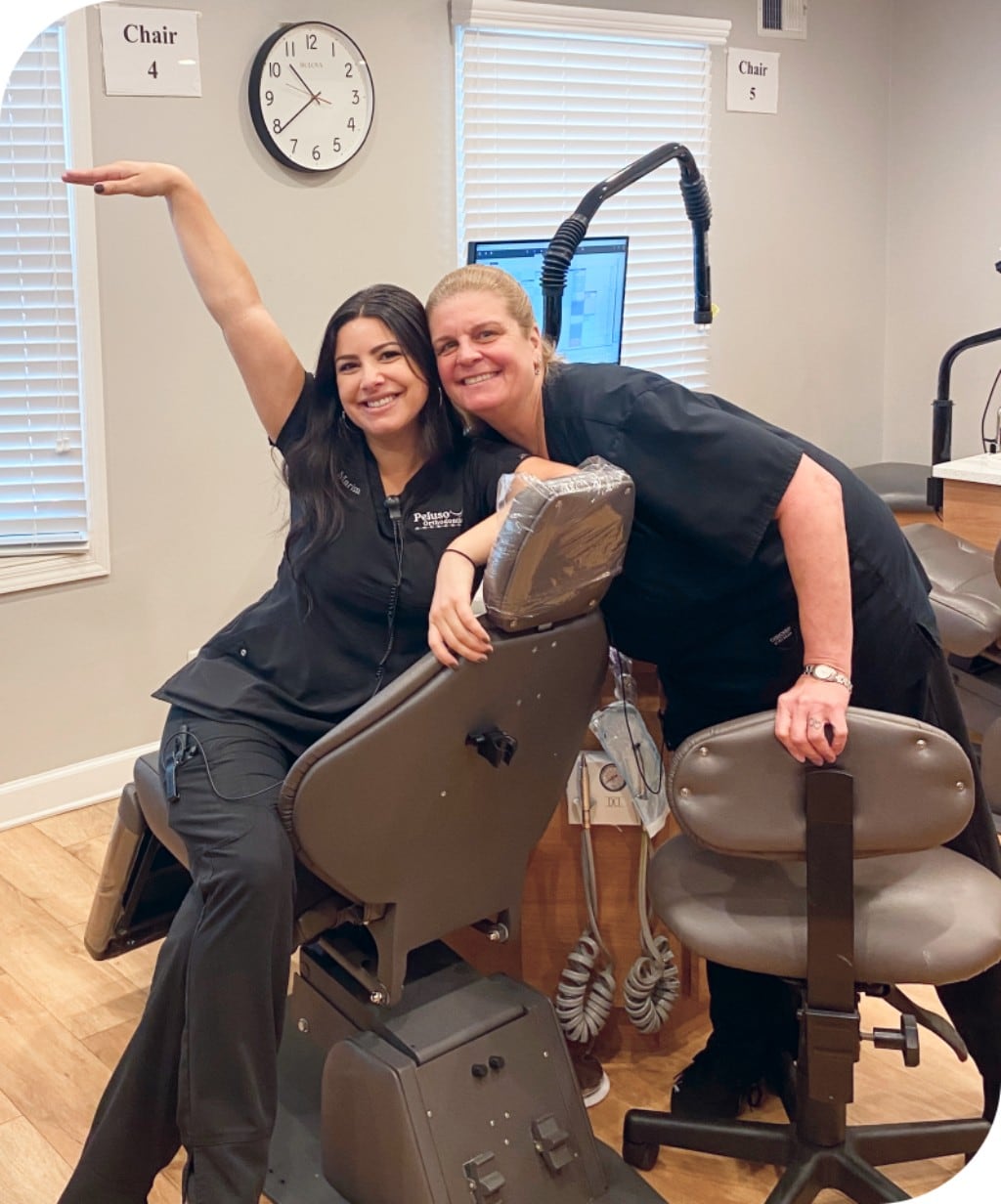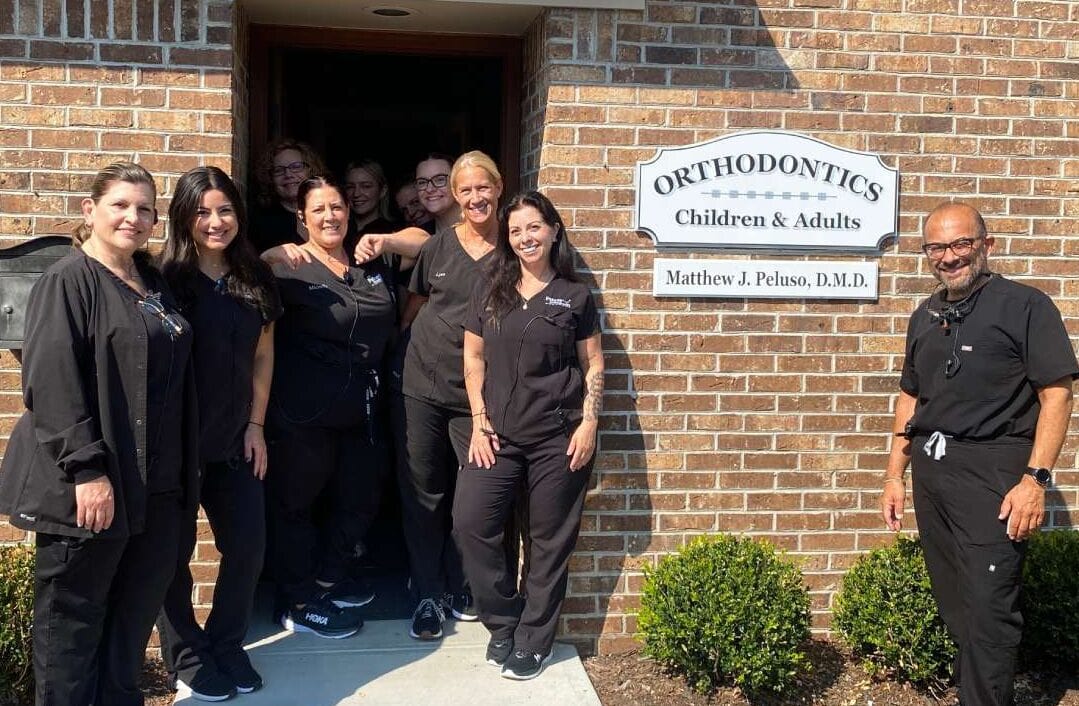Two-Phase Treatment
The overall goal of two-phase treatment is to make sure each tooth has an exact location in the mouth where it is in harmony with the lips, cheeks, tongue, and other teeth. When this equilibrium is established, the teeth will function together properly.
At the beginning of the first phase, orthodontic records are taken and a diagnosis and treatment plan is established. Certain types of appliances are used in the first phase to correct and realign the teeth and jaw. The second phase begins when all permanent teeth have erupted, and usually involves full upper and lower braces or clear aligners. Retainers are worn after this phase to ensure your child retains his or her beautiful smile.
What If Treatment is put off?
Putting off treatment can result in a need for more invasive treatment later in life that may not completely fix your child’s smile. Early treatment is most effective for achieving lasting results.
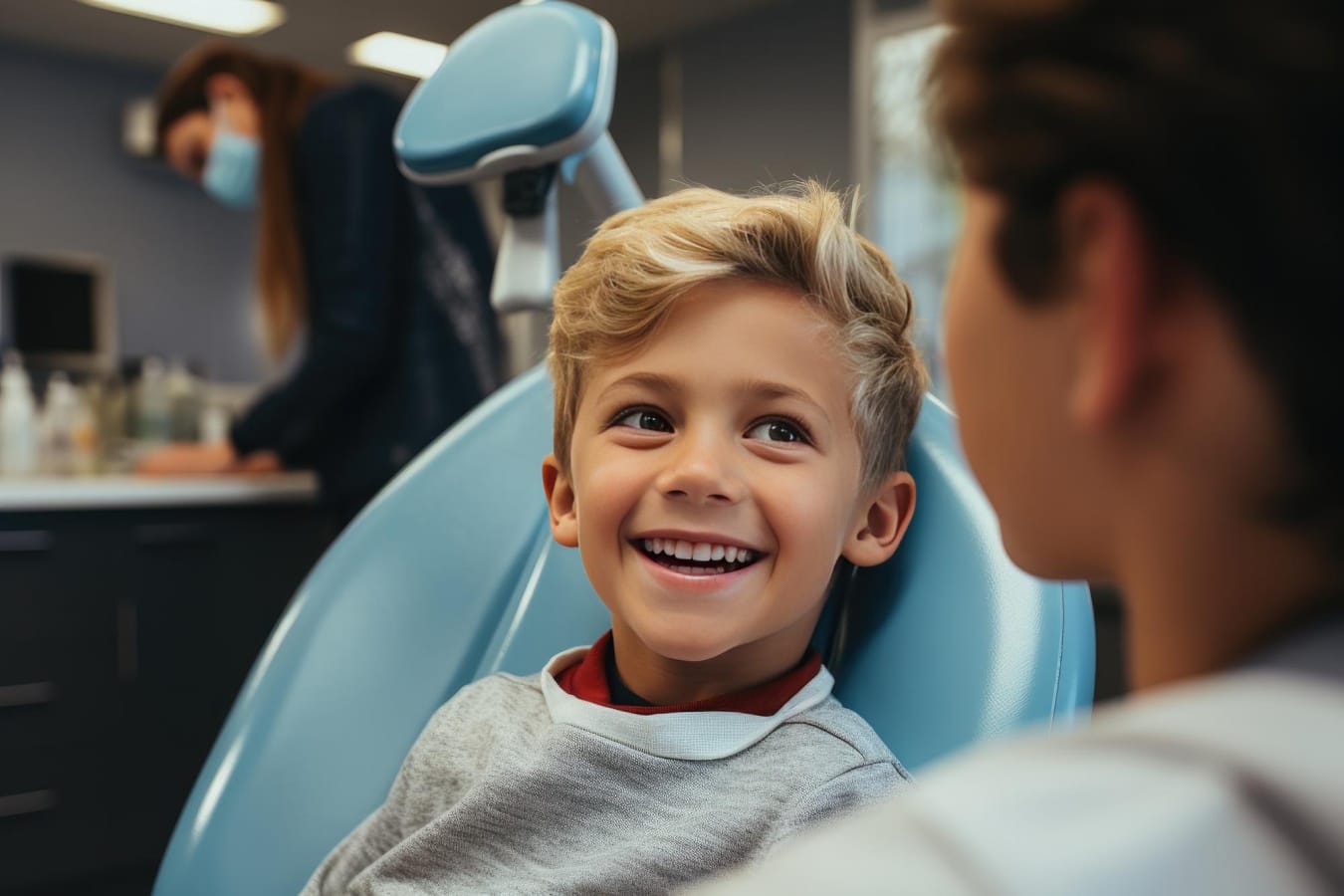
Phase 1
The goal of Phase One treatment is to help the jaw develop in a way that will accommodate all of the permanent teeth and improve the way the upper and lower jaws fit together. Children often exhibit early signs of jaw problems as they grow and develop. An upper jaw that is growing too much or too narrow can be recognized at an early age. If children over the age of six are found to have this jaw discrepancy, they are candidates for early orthodontic treatment. Also, if children around the age of eight have crowded front teeth, early treatment can prevent the need to extract permanent teeth later.
Planning now can save your child’s smile later
Children benefit tremendously from early-phase treatment. In severe cases, receiving early treatment may prevent the removal of permanent teeth or the need for surgical procedures to realign the jaws. In most cases, and if retainers are worn properly, early treatment can eliminate the need for retreatment later in life.
Making records to determine your child’s unique treatment
Orthodontic records will be necessary to determine the type of appliances to be used, the duration of treatment time, and the frequency of visits. Records consist of models of the teeth, X-rays, and photographs. During your child’s initial consultation, our team will take records to determine if early treatment is necessary.
Resting Period
In this phase, the remaining permanent teeth are left alone as they erupt. Retaining devices may not be recommended if they would interfere with eruption. It is best to allow the existing permanent teeth some freedom of movement. A successful first phase will have created room for permanent teeth to find an eruption path. Otherwise, they may become impacted or severely displaced.
Monitoring the teeth’s progress
At the end of the first phase of treatment, teeth are not in their final positions. This will be determined and accomplished in the second phase of treatment. Selective removal of certain primary (baby) teeth may be in the best interest of enhancing eruption during this resting phase. Therefore, periodic recall appointments for observation are necessary, usually on a six-month basis.
Phase 2
The goal of the second phase is to make sure each tooth has an exact location in the mouth where it is in harmony with the lips, cheeks, tongue, and other teeth. When this equilibrium is established, the teeth will function together properly. Phase Two usually involves full upper and lower braces.
At the beginning of the first phase, orthodontic records were made and a diagnosis and treatment plan was established. Certain types of appliances were used in the first phase to correct and realign the teeth and jaw. The second phase begins when all permanent teeth have erupted, and usually requires braces on all the teeth for an average of 24 months. Retainers are worn after this phase to ensure your child retains his or her beautiful smile.
Expanders
At Peluso Orthodontics, we believe in proactive and preventative care. One of the tools we use for early orthodontic treatment is an expander.
An expander, also known as a palatal expander, is a device designed to widen the upper jaw so that the bottom and upper teeth will fit together better. While the jaw is still growing, it’s more malleable and can be guided into the correct position, making this the perfect time for using expanders.
The purpose of using expanders in early orthodontic treatment is twofold.
- Preventing Future Problems — Expanders can help prevent future dental issues such as overcrowding or impacted teeth. When the jaw doesn’t have enough room to accommodate all of the permanent teeth, they can come in crooked or not at all. By expanding the palate, we create more space for the teeth to grow properly.
- Improving Oral Function and Appearance — Expanders can also improve oral function by correcting crossbites (when the lower teeth close outside the upper teeth) and underbites (when the upper teeth close inside the lower teeth). In addition, an adequately expanded palate can result in a broader, more aesthetic smile and a well-balanced facial structure.
At Peluso Orthodontics, our team of experts carefully assesses each patient’s unique needs and determines whether an expander would be beneficial. We then customize the expander and guide parents and children through the process of using it.
Upper & Lower Expanders
At Peluso Orthodontics, we utilize both upper and lower expanders as part of our comprehensive early orthodontic treatment plan. These devices are designed to guide the growth and development of the jaw, ensuring adequate space for permanent teeth and promoting optimal oral function.
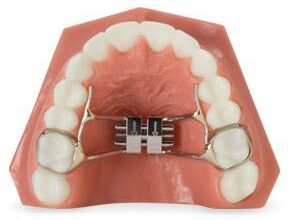
Upper Expanders
Upper expanders, or maxillary expanders, are commonly used in orthodontic treatment. They are placed on the roof of the mouth and attached to the upper molars through metal rings. By turning a small screw in the center of the expander with a special key, gradual outward pressure is applied to the two halves of the upper jaw. This process stimulates the growth of new bone between the two halves of the jaw, ultimately leading to a wider upper jaw.
Upper expanders are particularly beneficial in addressing issues such as crossbites, overcrowding, and impacted teeth. They can also contribute to improved breathing by widening the nasal passage.
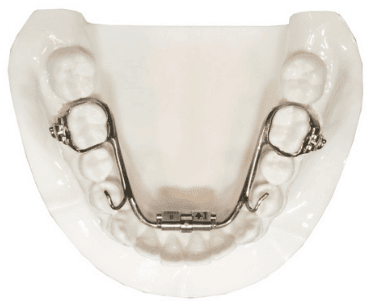
Lower Expanders
Lower expanders, or mandibular expanders, work on the same principle as upper expanders but are less commonly used because the lower jaw grows differently than the upper jaw. However, they can still be effective in certain cases, especially when there’s a need to correct an underbite or create more room for crowded teeth in the lower jaw.
It’s important to note that lower expanders often require a different design due to the lack of a connecting suture in the lower jaw. These expanders may include removable plates or braces fixed to the teeth.
The use of upper and lower expanders is guided by each patient’s specific needs. At Peluso Orthodontics, we take great care in assessing each case individually, ensuring the most effective treatment plan is implemented.
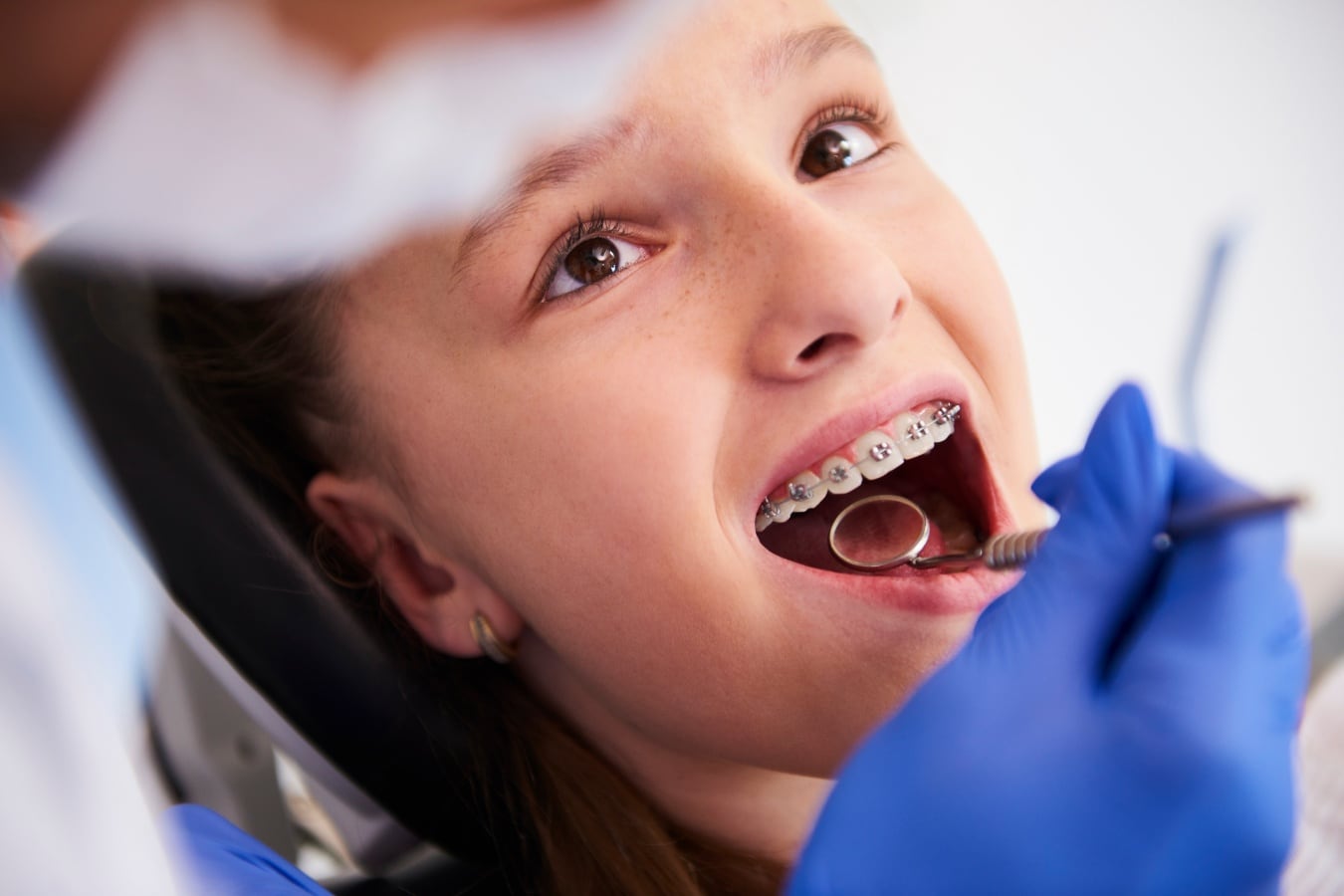
Limited Braces
Limited braces, also known as partial or sectional braces, are orthodontic devices that are applied to a specific section of the mouth rather than all the teeth. They are specifically designed to target particular areas that require correction, making them an excellent solution for patients who do not need full orthodontic treatment.
In early orthodontic treatment, limited braces can be incredibly beneficial. They allow us to address and correct specific orthodontic issues at an early stage, potentially preventing more significant problems down the line.
For example, if a child has a few teeth that are misaligned or crowded, but the rest of their teeth are developing normally, we might recommend limited braces. By targeting only the problem areas, we can effectively correct the issue without the need for full braces.
Benefits of Limited Braces
Using limited braces in early orthodontic treatment offers several advantages:
- Targeted Treatment — Limited braces provide targeted treatment, focusing on the specific teeth or areas that require attention. This precision can lead to more effective results.
- Comfort — As they are applied to fewer teeth, limited braces are often more comfortable than full braces.
- Shorter Treatment Time — Typically, the treatment period with limited braces is shorter than with full braces.
- Cost-Effective — Since they involve fewer materials and adjustments, limited braces can be a more affordable option than full braces.
At Peluso Orthodontics, our primary goal is to provide personalized, effective orthodontic solutions that cater to the needs of our patients. If you have any questions about limited braces or early orthodontic treatment, we’re here to help. Reach out to us today to discuss how we can assist in crafting a beautiful, healthy smile.

Crossbite Treatment
A crossbite is a type of malocclusion or misalignment where some of your upper teeth fit inside your lower teeth instead of outside when biting down normally. This can occur on one side of the mouth (unilateral crossbite) or both sides (bilateral crossbite). It can also be classified as anterior (affecting the front teeth) or posterior (affecting the back teeth).
Crossbites can lead to a variety of problems if left untreated, including abnormal tooth wear, gum disease, asymmetrical jaw growth, and difficulties with chewing and speaking.
How is a Crossbite Treated?
Treatment for a crossbite depends on the patient’s age, the severity of the crossbite, and whether it’s an anterior or posterior crossbite.
- Palatal Expander — In children and adolescents, a palatal expander is often used to widen the upper jaw and correct a crossbite. This device applies pressure to the upper jaw by turning a midline screw, gradually expanding the palate over time.
- Braces or Clear Aligners — Braces or clear aligners like Invisalign can be used to move the teeth into their correct positions.
- Tooth Reshaping — If a crossbite is caused by a single tooth that is out of alignment, tooth reshaping or recontouring may be an option.
At Peluso Orthodontics, we’re committed to personalized treatment plans that meet the unique needs of each patient. If you or your child has a crossbite, our team of orthodontic specialists can provide the appropriate treatment to correct it, helping to ensure a healthy and beautiful smile.

Underbite Treatment
At Peluso Orthodontics, we are committed to diagnosing and treating a wide variety of orthodontic issues, including underbites. Understanding what an underbite is and knowing the available treatment options is crucial for optimal oral health.
An underbite, also known as prognathism, is a type of malocclusion where the lower teeth protrude in front of the upper teeth when the mouth is closed. This condition can affect a person’s appearance and may cause problems such as difficulty chewing, speaking, and even breathing in more severe cases. If left untreated, underbites can lead to jaw pain, tooth decay, and gum disease.
How is an Underbite Treated?
The treatment for an underbite largely depends on the patient’s age, the severity of the underbite, and its cause. Here are some common methods used for treating underbites:
- Dental Appliances — In children and adolescents, dental appliances such as braces and expanders can be used to guide the growth of the jaw and move the teeth into their correct positions.
- Clear Aligners — For adolescents, clear aligners like Invisalign can be used to correct mild to moderate underbites by gradually shifting the teeth over time.
- Tooth Reshaping — In some cases, reshaping the teeth can help them fit together better. This procedure involves minor removal or addition of tooth enamel.
At Peluso Orthodontics, our goal is to provide personalized care tailored to meet the unique needs of each patient. If your child has an underbite, our team of orthodontic specialists is here to help.
Common Orthodontic Problems
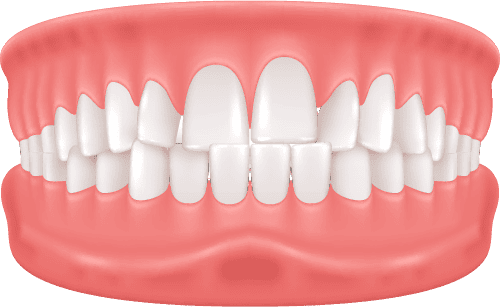
Crowding
Crowding a common issues and is the result of inadequate space in the jaws to accommodate all of the teeth.
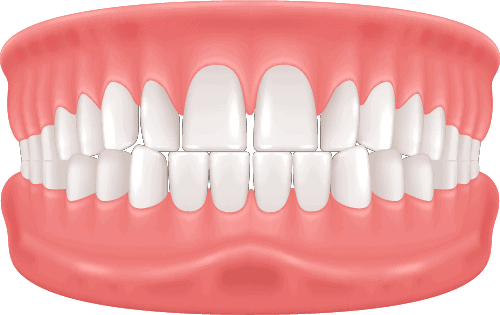
Excessive Spacing
This may result when one or more teeth fail to grow in, are lost, or there is a discrepancy between jaw size and tooth size.
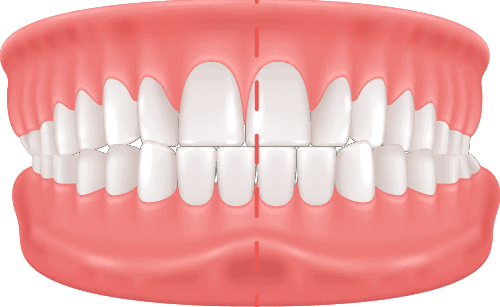
Crossbite
A crossbite is a type of malocclusion, or a misalignment of teeth, where upper teeth fit inside of the lower teeth.
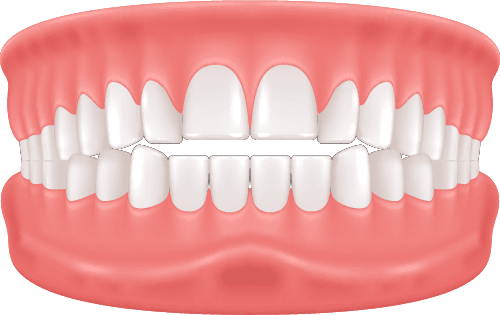
Open Bite
An open bite occurs when the upper teeth and the lower teeth do not meet when the mouth is closed.
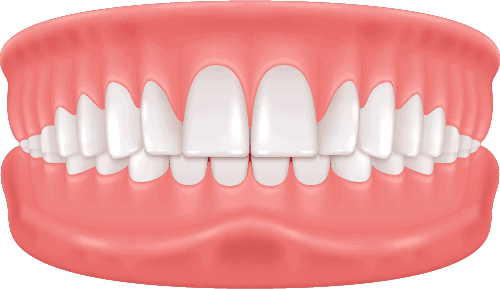
Overbite (Deep Bite)
With an overbite, the upper teeth protrude further than the lower teeth and may completely cover them.
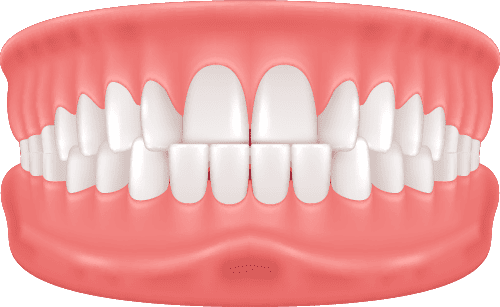
Underbite
An underbite happens when lower teeth overlap the upper teeth and is often caused by a misaligned jaw.
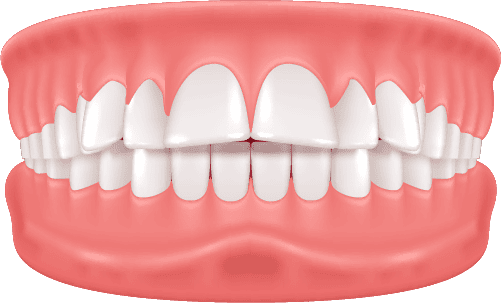
Overjet (Protrusion)
An overjet, often mistaken for an overbite, refers to a horizontal issue where the front teeth splay out.
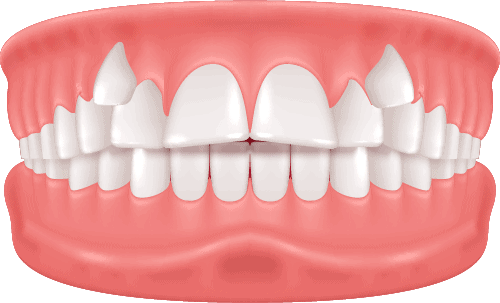
Abnormal Eruption
Abnormal eruption is when a tooth emerges through the gum in the wrong place and can lead to other issues.
